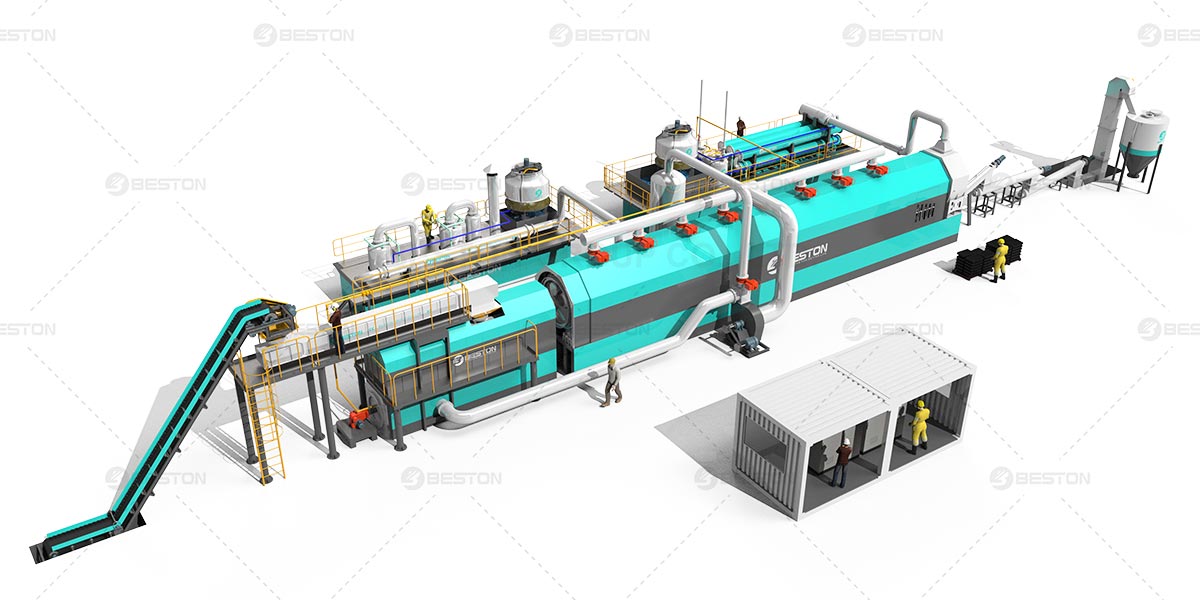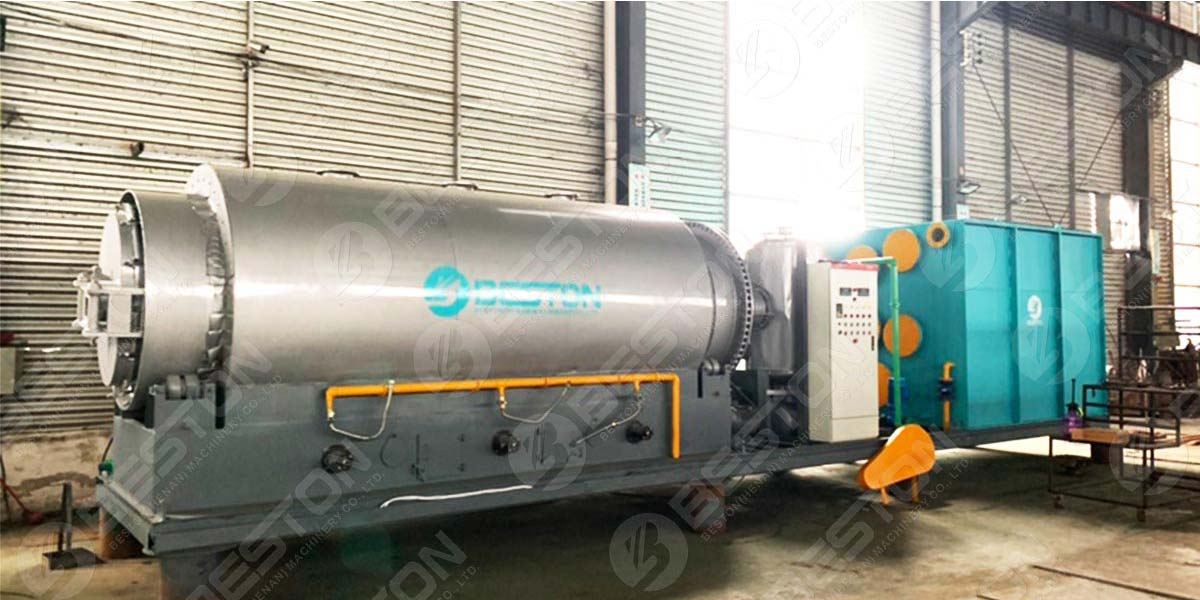Did you know that your car’s tyres have a second use other than keeping you on the road? Believe it or not, they can also be turned into oil. In this blog post, we’ll take a closer look at how this process works and why it’s becoming increasingly popular.
How Do Tyre To Oil Plants Work?
It’s actually quite a simple process. First, the tyres are cut into small pieces and then placed in a reactor. Next, the reactor is heated to around 400 degrees Celsius and the tyres are left to decompose. This process produces a gas called pyrolysis gas, which is then collected and condensed into oil. The tyre to oil plant is used to process tyres into fuel oil.

What Are The Benefits Of This Process?
There are a few key benefits to this process. Firstly, it’s a great way to recycle old tires that would otherwise end up in landfill. This means that we can save valuable resources and reduce pollution. Secondly, it’s a very efficient way to produce oil – around 30-60% of the tires can be converted into oil. Finally, the process produces very little emissions and is actually quite energy-efficient.
One potential drawback of this process is that it produces a lot of carbon black, which is a by-product of the tire decomposition process. Carbon black is not particularly harmful to the environment, but it can be difficult to dispose of.
What Are the Prospects For Tyre To Oil Plants?
At the moment, there are a few dozen pyrolysis plant for sale in operation around the world. However, this number is expected to grow rapidly in the next few years as the benefits of the process become more widely known. In particular, we can expect to see more plants in developing countries, where there is a growing need for recycling solutions and a large supply of tires.
Is It Worth Investing In a Tyre To Oil Plant?
If you’re looking for a way to recycle tires and produce oil efficiently, then a tyre to oil plant is a great option. The process is relatively simple and the benefits are clear. The only potential drawback is the disposal of carbon black, but this is not a major concern. With the right planning, a tyre to oil plant can be a great investment.
Adding a tyre to oil plant to your business portfolio could help you become a leader in sustainable and efficient tire recycling. Not only will you be helping to reduce pollution and save resources, but you’ll also be able to produce oil efficiently and with minimal emissions.
Tyre to oil plants offer a great solution for recycling old tires and producing oil. They’re efficient, have low emissions, and can help to reduce pollution. If you’re looking for a way to invest in sustainable tire recycling, then a tyre to oil plant is a great option. More information on Beston Group here.

How To Find the Best Tyre To Oil Plant
If you’re looking for a tyre to oil plant for your business, then there are a few things to consider. First of all, you’ll need to find a reputable supplier who can provide a high-quality plant. While all manufacturers claim to offer the best products, it’s important to do your research and read reviews before making a decision.
You should also consider the size of the plant and the capacity you need. If you’re only recycling a small number of tyres, then a smaller plant may be sufficient. However, if you’re planning to recycle large quantities of tyres, then you’ll need a larger plant. It’s also important to consider the cost of the plant and the return on investment.
Finally, you should consider the location of the plant. It’s important to choose a location that’s close to your tyre supplier and has good access to transportation. This will help to keep costs down and make the process as efficient as possible. Get pyrolysis machine cost here.